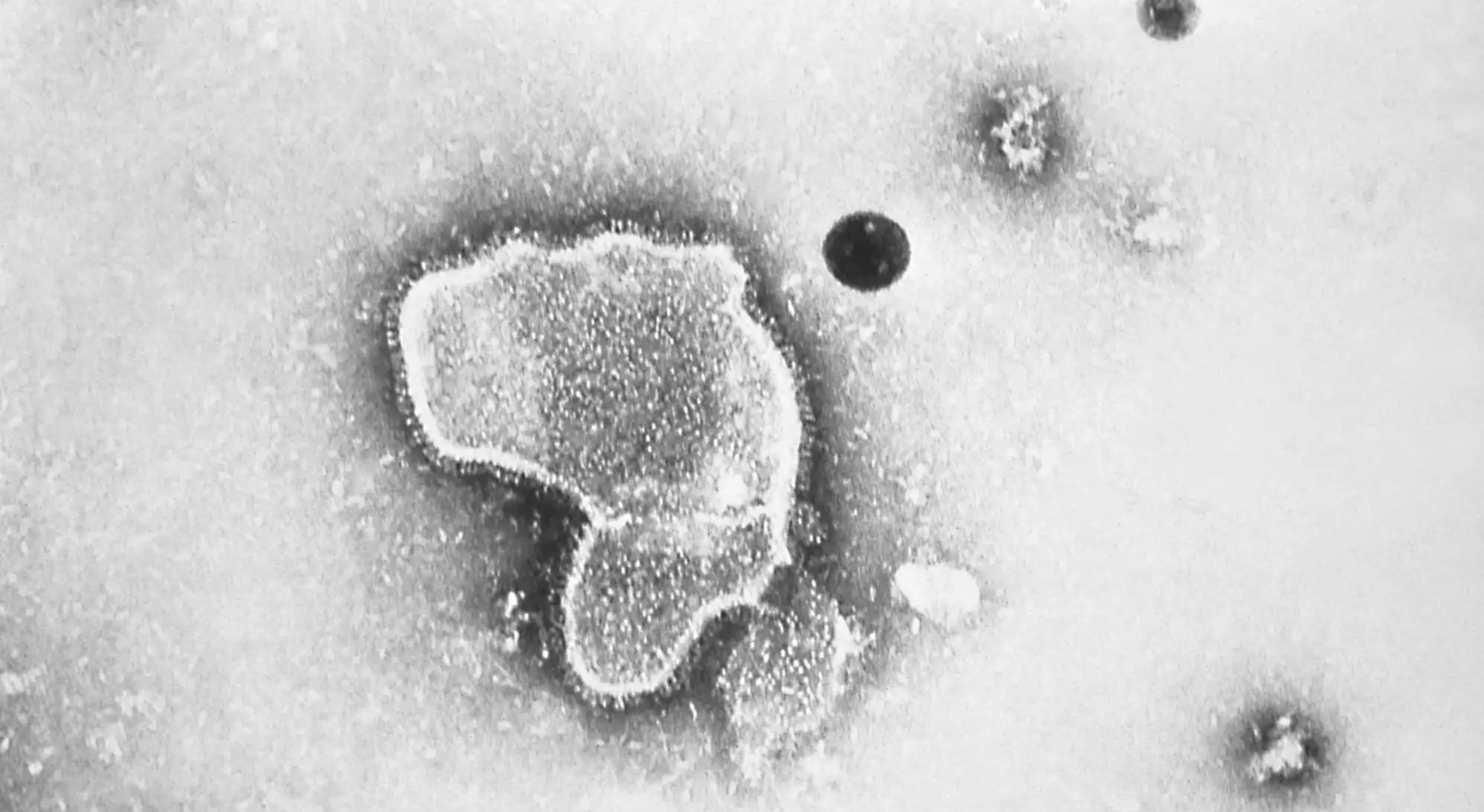3 key facts about RSV and kids this season in Minnesota
Published 11:40 am Tuesday, December 5, 2023

- This 1981 photo provided by the Centers for Disease Control and Prevention shows an electron micrograph of Respiratory Syncytial Virus, also known as RSV. Associated Press file
|
Getting your Trinity Audio player ready...
|
By Kyra Miles, Minnesota Public Radio News
Last year was one of the worst in recent Minnesota history for RSV infections and hospitalizations. This season has been much more manageable, although numbers are rising and health officials are keeping close watch on the data. Here’s what they’re seeing.
1) It’s not as bad as last year, so far
While pediatricians have been seeing cases rise since October, they say it’s shaping up to be an average season for RSV — respiratory syncytial virus. Last year at season’s peak, about 155 kids per week were being admitted to Minnesota hospitals with RSV. Admissions are running about 60 per week currently.
“This actually seems pretty similar to most years, in terms of our seasonal trend with RSV,” said Dr. Chase Shutak, a pediatrician with Children’s Minnesota hospital in Minneapolis. “Last year was the worst viral season in recent memory. So it’s actually quite a bit better than last year, and more comparable to prior years.”
Parents and caregivers have raised concerns about the availability of pediatric hospital beds if RSV cases start to accelerate. The latest data shows there are only 36 left in Minnesota. But while beds are filling, they aren’t being occupied at rates outside the norm.
Pediatric beds in the state are almost always at capacity because it is a niche need in hospitals, according to Alexandra Waterman, medical surge coordinator at the Minnesota Department of Health.
“We’re hearing 36 beds across the state. That doesn’t concern me because it’s a snapshot in time,” Waterman said. “It just means staffed beds. That can change very quickly. And if we look at our data that we have posted, we’ve been at this kind of sustained level of occupancy in pediatrics, both in ICU, and in general pediatrics, for years at this point. We were in a much worse situation a year ago” when federal aid was needed.
Some experts think these next few weeks will be the peak of the RSV season, while others aren’t as sure.
There should also be new data this year. Previous data sets were more concentrated in the seven-county Twin Cities metro area, but this year the Minnesota Department of Health started statewide surveillance for RSV hospitalizations.
2) Most every kid gets it
RSV is the most common illness in early childhood with almost every child contracting RSV at least once before they’re 2 years old. Numbers from the Minnesota Department of Health show kids age 0 through age 4 are being hit the hardest with RSV hospitalizations all across the state.
Babies are mainly getting it from older children and adults, said Dr. Ruth Lynfield, Minnesota’s state epidemiologist. Sometimes the symptoms are so mild it’s not clear the kids are infected, “and people do continue to get reinfected throughout life,” Lynfield said. “So it’s really these young infants and those who have medical conditions that we worry about.”
In the vast majority of cases, RSV symptoms resemble a cold and do not result in hospitalization.
For some of the youngest Minnesotans, though, it can cause severe inflammation in the lungs and pneumonia. It can also trigger other respiratory illnesses like asthma.
Babies and the elderly are the most at risk. Which is why pediatric clinics in Minnesota often gear up for RSV season running from about October to January. Because of clogged airways, RSV can make it hard for babies to drink, which is how they get their nutrition. And there aren’t many treatments available.
Dr. Andrea Singh at Park Nicollet clinic in St. Louis Park said she’s been seeing a lot of kids with runny noses, coughs, fevers and difficulty sleeping. She recognizes it’s scary for parents of young children.
“I think it’s just genuine fear and frustration of not being able to help their child to feel better,” Singh said. “Especially when we’re talking about babies and infants, you’re talking about very small airways, and a little bit of mucus can really clog up their nose and make them have a hard time getting good breaths in.”
Singh said parents should seek medical attention if their child is having trouble drinking, have high fevers or have low energy. She said most RSV cases get better on its own. But if you have questions, check with your medical provider.
3) New treatments are available
When a child is admitted to the hospital for RSV, there’s often not much doctors can do besides help them with breathing and retaining fluids. This year, though, preventative treatments for RSV have been made widely available for the first time.
Previously, the only preventative treatment was only available for high-risk babies.
This year a new maternal vaccine was approved for pregnant people to take between 32 and 36 weeks into the pregnancy that provides antibodies to their unborn child against RSV.
There’s also a new monoclonal antibody for young infants, kind of like a preventative vaccine. However, there is a nationwide shortage of this medication that pediatricians hope is better resourced next RSV season.
Experts say RSV travels between kids pretty quickly, and babies can’t wear masks like older kids. So, if you’re sick, stay home. Wash your hands often, keep infants away from crowds and if you are pregnant or have a young child, ask your doctor about availability of the new vaccines for RSV.



